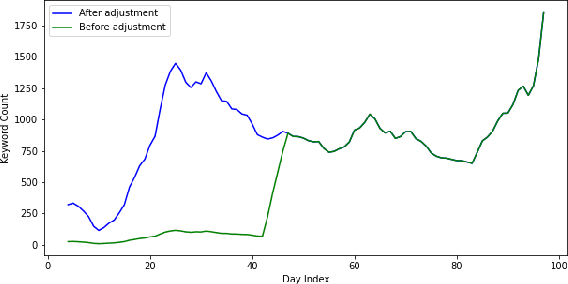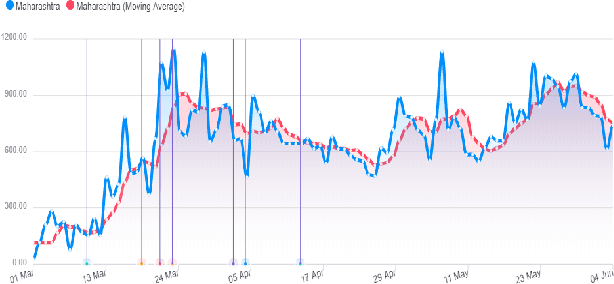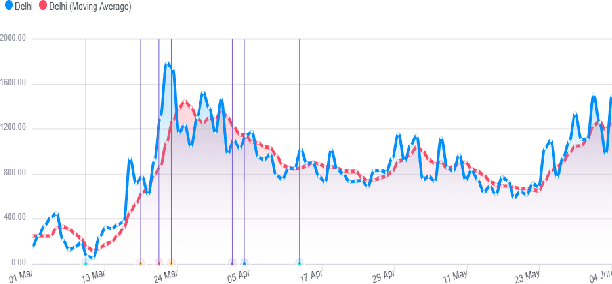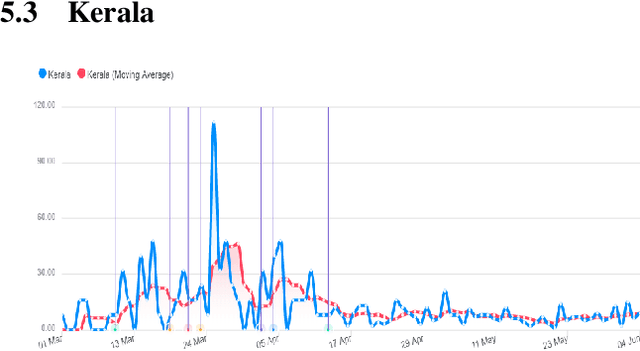Sudhanshu Mishra
Exploring multi-task multi-lingual learning of transformer models for hate speech and offensive speech identification in social media
Jan 27, 2021



Abstract:Hate Speech has become a major content moderation issue for online social media platforms. Given the volume and velocity of online content production, it is impossible to manually moderate hate speech related content on any platform. In this paper we utilize a multi-task and multi-lingual approach based on recently proposed Transformer Neural Networks to solve three sub-tasks for hate speech. These sub-tasks were part of the 2019 shared task on hate speech and offensive content (HASOC) identification in Indo-European languages. We expand on our submission to that competition by utilizing multi-task models which are trained using three approaches, a) multi-task learning with separate task heads, b) back-translation, and c) multi-lingual training. Finally, we investigate the performance of various models and identify instances where the Transformer based models perform differently and better. We show that it is possible to to utilize different combined approaches to obtain models that can generalize easily on different languages and tasks, while trading off slight accuracy (in some cases) for a much reduced inference time compute cost. We open source an updated version of our HASOC 2019 code with the new improvements at https://github.com/socialmediaie/MTML_HateSpeech.
AI-based Monitoring and Response System for Hospital Preparedness towards COVID-19 in Southeast Asia
Jul 30, 2020



Abstract:This research paper proposes a COVID-19 monitoring and response system to identify the surge in the volume of patients at hospitals and shortage of critical equipment like ventilators in South-east Asian countries, to understand the burden on health facilities. This can help authorities in these regions with resource planning measures to redirect resources to the regions identified by the model. Due to the lack of publicly available data on the influx of patients in hospitals, or the shortage of equipment, ICU units or hospital beds that regions in these countries might be facing, we leverage Twitter data for gleaning this information. The approach has yielded accurate results for states in India, and we are working on validating the model for the remaining countries so that it can serve as a reliable tool for authorities to monitor the burden on hospitals.
 Add to Chrome
Add to Chrome Add to Firefox
Add to Firefox Add to Edge
Add to Edge